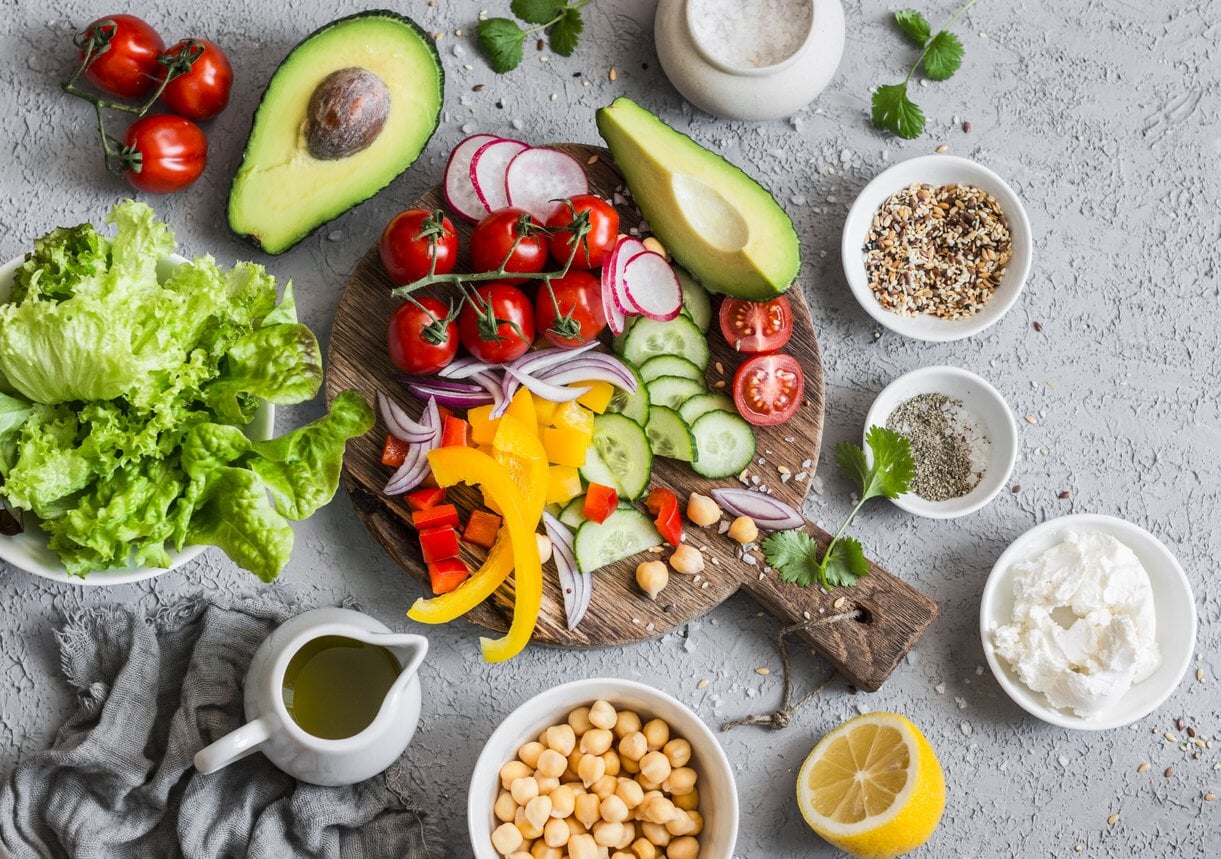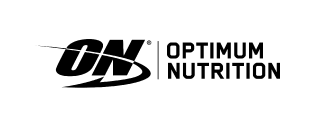
- Health advice
- Apr 07, 2014
If you have spent any time in a health food store or on the internet recently, you will have noticed a great deal of buzz around the re-emergence of historical and cultural nutrition traditions. With an emphasis on the consumption of fresh, locally available whole foods, it is easy to see how some of these food traditions may be set to make a comeback.
Paleolithic traditions
Based on the idea that historic hunter and gatherer dietary patterns set the mold for how our body absorbs and uses food, following Paleolithic diet means consuming:
- Organic, free range meat/animals
- Wild fish (as farmed fish are often fed GMO and chemical laden vegetable and animal matter)
- Small amounts of organic fermented dairy
- Unrefined whole (ancient) grains, such as spelt & quinoa
- Organic fruits and vegetables (particularly to balance animal products, acids of plant foods facilitate the breakdown of concentrated animal fats and proteins)
- Chlorella, Spirulina and other sea veggies and microalgae (consumed as supplements these days, these plants and algae have remained as species unchanged for millions of years).
By choosing only natural, whole foods, limiting grains and excluding grains and refined products completely, it is easy to see how following a diet such as this, has such benefits.
Mediterranean traditions
Based on Greek & Italian food traditions, following a Mediterranean diet involves limiting meat and fish meals to once or twice a week, whilst consuming whole grains, legumes and beans on a regular basis. Your food choices should revolve around the following:
- Choose Olive oil
- Green leafy vegetables with each meal (along with tomatoes predominantly and other mixed vegetables)
- Choose fermented dairy, such as yoghurt, every day
- Choose cheese, with small amounts consumed daily
- Fresh fruit and dried fruits, along with nuts
- Choose legumes (chickpeas, lentils, and beans), at least two servings a week
- Choose oily fish, at least two servings a week
- Eat wholegrain breads and cereals, 1-3 servings a day
Mr Vitamins recommends Nutra-Life WHOLE+ fermented Superfoods
Formulated with superfoods and fermented wholefoods, this healthy, powdered combination of botanical extracts, contains over 23 key ingredients combined with the knowledge from Paleolithic and Mediterranean diet traditions. The fermentation of 75% of ingredients in this product, allows for the creation of enzymes and new nutrients not present in the raw food. Taken daily, this product supercharges your nutrition whilst supporting your total health and vitality. Find out more about Nutra-Life WHOLE+ fermented Superfoods here
Related Articles
Recently Viewed
- ${ variant.price | currencyFromCents } | ${ variant.title } ${ variant.price | currency } | ${ variant.title }


















